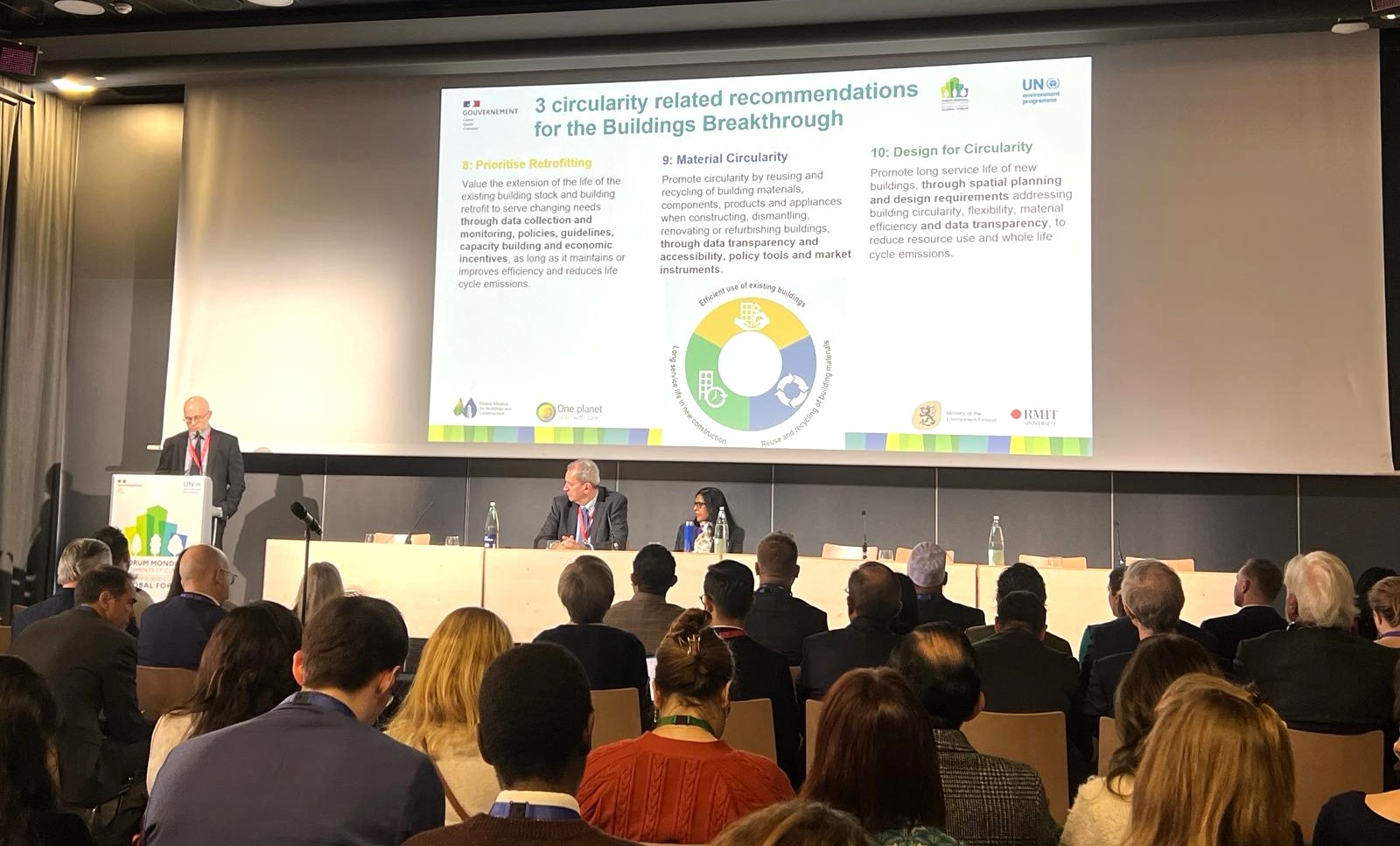Pregnant? Know your chemicals
The campaign “Pregnant? Know your chemicals” is a national information campaign coordinated by the Danish Environmental Protection Agency. The objective is to give the public easy access to impartial information on chemicals to be avoided. The campaign provides advice to pregnant women and women planning a pregnancy, by providing easily accessible information about everyday chemicals. The purpose is not to scare women, but to offer information that enables active choices in respect to chemical exposure. The campaign is focused on seven key recommendations for daily life. The recommendations cover food, alcohol, tobacco, medicines and use of everyday chemicals i.e. paints, cleaning products and cosmetics. The information is provided through multiple channels and includes a brochure, Facebook page and other social media channels as well as a web page that presents more in-depth information on chemical exposure and on how to avoid the most harmful substances.
The purpose of the campaign is to provide advice to pregnant women and women planning a pregnancy, through easily accessible information dealing with everyday chemicals. The purpose is not to scare women but to offer information that enables active choices regarding chemical exposure. The campaign “Pregnant? Know your chemicals” was launched in 2015 and is still ongoing. It is based on a previous campaign from 2012. The campaign from 2012 was based on a report that identified the combined exposure and risk of specific endocrine disrupting substances. The first campaign with advice on chemicals for pregnant women from the Danish EPA was conducted already in 2006. The target group for the campaign is women in the age group 18-45 that are pregnant or planning a pregnancy.
The seven main recommendations and key messages of the campaign are:
1. Stop smoking and avoid smoke from others. Avoid smoke and ask others to put out their cigarette or smoke outside.
2. Don't drink alcohol if you are pregnant. If you are trying to get pregnant, avoid alcohol to be on the safe side
3. Clean and dust your home once a week, and air-out thoroughly twice a day.
4. Buy products with official recognized ecolabels (the Nordic Swan ecolabel and/or the EU-Flower ecolabel) – preferably without perfume
5. Limit your contact with chemicals such as cleaning agents, paint, aerosols and hair dyes.
6. Vary your diet and eat many different types of food every day. Follow the recommendations from the Danish Health and Medicines Authority and the Danish Veterinary and Food Administration on dietary supplements for pregnant women.
7. Only use medicine prescribed after consulting your doctor. This also applies for pain relievers and natural or herbal medicines.
The most recent campaign started in February 2015. The campaign includes a homepage and a folder with specific information on pregnancy, children and family life as well as printed materials in magazines and local papers. The folder with information is distributed to pregnant women during visits at the midwife or doctor's office.
The Danish Environmental Protection Agency homepage and Facebook page on “Everyday chemicals” provides in-depth information and brings under one umbrella information on exposure of chemicals from every day products and common products at the workplace. The main channels used in the campaign include the internet (including banners), Facebook and Instagram as well as blogs.
The recommendations have been made by the Danish Environmental Protection Agency in collaboration with advice from the Danish Veterinary and Food administration, Danish Health Authority and the Danish Working Environment Authority. Success Factors
It is important to reach women in early stages of the pregnancy or when pregnancy is planned. The most effective way to reach them appears to be in connection with the first visit to the doctor at the onset of the pregnancy.
Novelty
Information on the risks related to alcohol, smoking and some food items has been available for years. The campaign has an element of novelty because it also provides information on substances, which may be harmful for the endocrine system. The campaign presents information that makes it possible for women to make their own choices and, hence, can help avoid most chemical related risks during a time when it matters the most and when women are very receptive to the information.
Sustainability Impacts
A survey-based evaluation of the campaign was made in 2015. About 25% of the target group remember seeing the campaign. Banners on social media and in the information folder have been the most efficient ways to reach the target group. The campaign has had a positive effect on the target group. About 86 % have learned something new and useful on how to avoid harmful chemicals during pregnancy through the campaign. Only 9 % mention that they have not received useful information or feel that it has not been relevant for them. However, despite being well received, the campaign did not seem to have had a significant impact on behavior. This can most likely be attributed to the fact that most respondents seemed to be well aware of most recommendations and have followed them even before coming into contact with the campaign.
Challenges and potential for further development
One challenge in this initiative has been to ensure that the information also reaches less aware and less informed women. This target group could for instance include migrants that have fairly recently moved to Denmark and who may not have the same level of general knowledge of health and pregnancy related issues as the rest of the population. Some people outside the larger cities may also have less knowledge or less interest in chemical related information. The evaluation recommended that the next campaign could focus more on other recommendations than to avoid smoking and alcohol, because the awareness of these particular risks is already high. The campaign will continue and the materials will also continue be distributed to women through doctors.
Contact person for more information:
Shima Dobel, sdo@mst.dk
External source(s)
Image

© Danish Environmental Protection Agency
Project start date
01/11/2016
Project end date
01/11/2016

